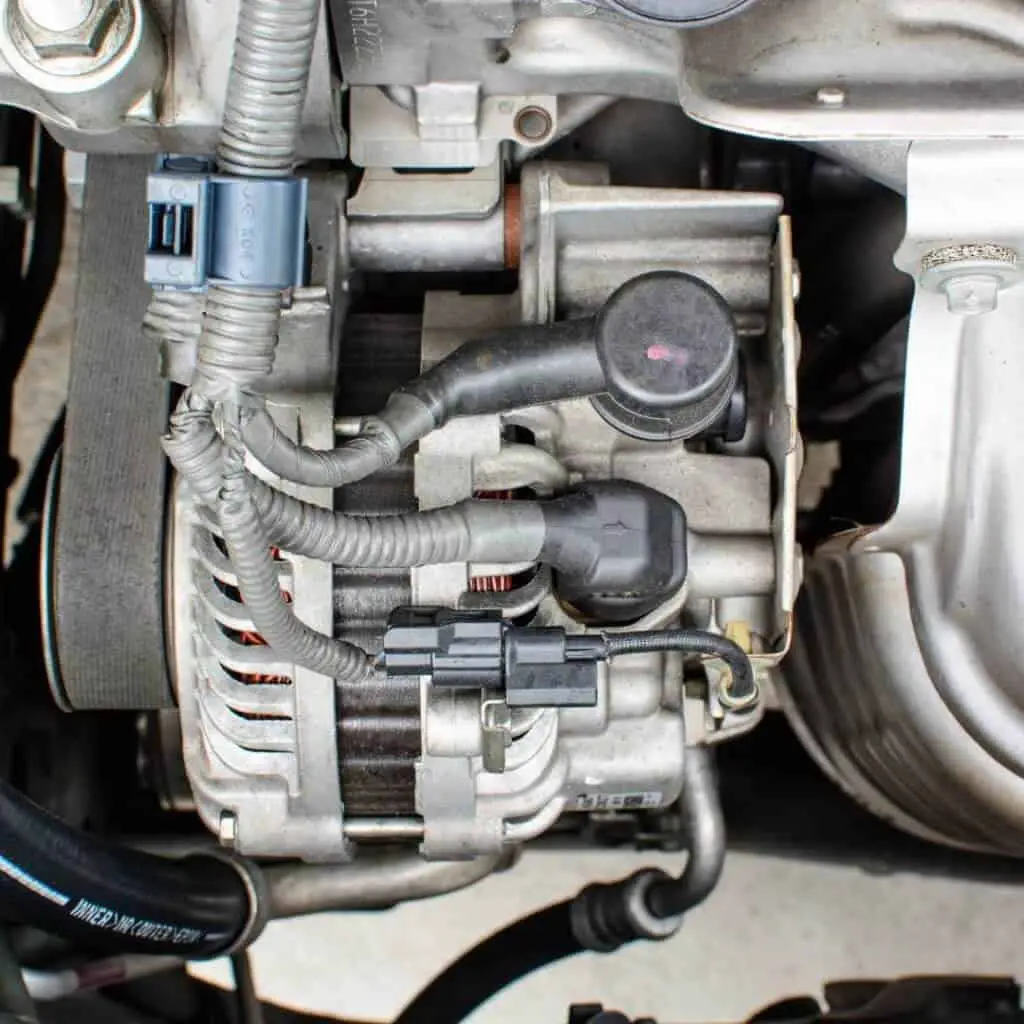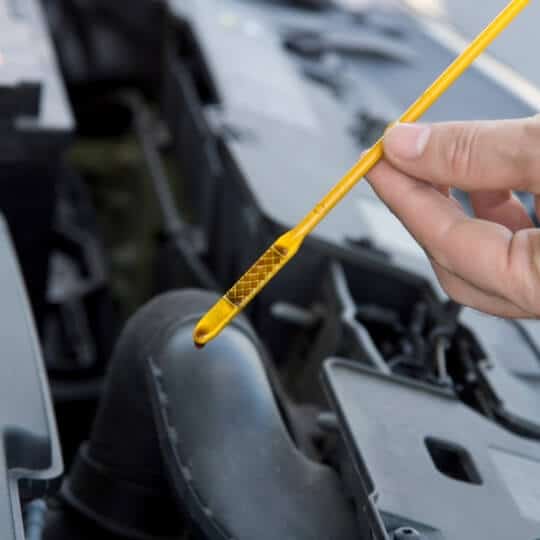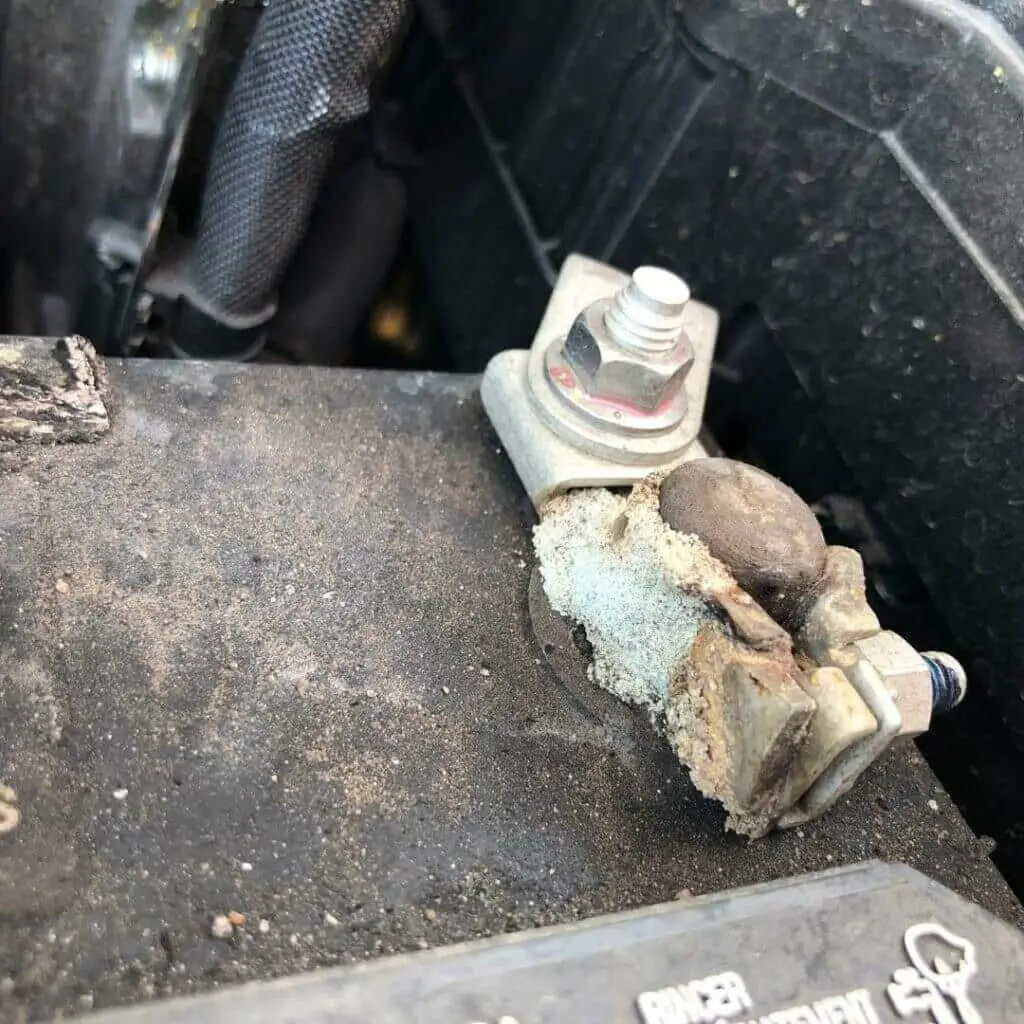Are you familiar with problems after DPF removal?
Diesel Particulate Filters (DPF) were introduced to meet automobile emissions regulations and have become popular in diesel vehicles. A DPF filters soot from a diesel vehicle’s exhaust gas, decreasing particles in emissions.
Over time, your car’s exhaust and engine parts will get clogged up with dirt, grime, and particulates from bad fuel. Such clogs can hamper the performance of your vehicle and increase wear and tear on parts. Consequently, many car owners eventually prefer to remove the DPF system from their vehicles.
While considering the benefits of eliminating your DPF, also think of accompanying problems. In this article, we will discuss some of the common problems that your vehicle may experience after DPF removal.
The Most Common Problems after DPF Removal

DPF removal from your vehicle can lead to significant issues. These include a persistent DPF warning light, increased smoke emissions, and the risk of the car entering limp mode. Failure to remap your car ECU during DPF removal can also cause ECU system malfunctions. Moreover, DPF removal may result in MOT test failure leading to legal consequences.
- DPF Warning Light Coming Back
One common effect of the DPF system removal is the persistent illumination of the DPF light on the dashboard. The issue typically manifests a few days following the modifications. What makes matters worse is that it is accompanied by the car’s performance noticeably deteriorating
The likely cause of this problem has been discussed among car specialists. One cause is linked to a malfunctioning pressure sensor. The pressure sensor is a component crucial for monitoring exhaust system pressure and DPF operation.
Another concern is the positioning and connection of the sensors post-removal. The removal process should be executed correctly. If not done well it may lead to sensor-related issues [2].
Furthermore, the software used for the remap must be adequately configured to accommodate the DPF removal.
- Excessive Smoke
Excessive smoke from the exhaust is another dominant problem that will result if your DPF is removed and the remapping is not done correctly. Eliminating the DPF disrupts this essential emissions control mechanism.
This is because there is no longer a filter to capture the soot and particulates produced during combustion [3].
As a result, these unburned particles are released directly into the exhaust system, leading to a noticeable increase in smoke emissions. It is particularly evident during acceleration or under load.
Moreover, DPF removal typically involves modifying the engine’s control systems to prevent regeneration cycles and eliminate fault codes related to the DPF. These adjustments can lead to changes in the air-fuel ratio, potentially causing incomplete combustion. When combustion is inefficient, more soot and unburned fuel particles are produced, which increases smoke production.
In some cases, DPF removal kits may also turn off or modify the Exhaust Gas Recirculation (EGR) system. The EGR system plays a critical role in reducing nitrogen oxide (NOx) emissions [4]. When the EGR system is compromised, it can result in higher levels of soot production and smoke emissions. The result is a disruption of the balance between air and exhaust gas.
- Car Going into Limp Mode
One scenario where a car might go into limp mode is after DPF deletion or removal. When a vehicle enters limp mode, it is getting into a restricted operating state where its engine performance is significantly limited to protect it from potential harm.
The limp mode is often triggered by the vehicle’s Engine Control Unit (ECU) when it detects a severe issue within the engine or related systems. One common reason for a car entering limp mode after a DPF delete is sensor issues.
Sensors may be disconnected or ineffective when the DPF is removed or tampered with. Consequently, the ECU may interpret the lack of data from these sensors as a significant fault and respond by triggering limp mode to safeguard the engine [5].
Incomplete or improper DPF deletion is another factor that can lead to limp mode activation. If the removal process is not executed correctly or remnants of the DPF system are left in place, it confuses the ECU, thereby initiating limp mode.
- ECU (Electronic Control Unit) Problems
ECU problems often arise as a result of DPF removal. When removing DPF from your car remapping the engine should be done carefully.
If you do not remap your ECU when you remove the DPF, the ECU will still expect sensory data. Thus, it gives you errors regarding a system malfunction. Most people remove the DPF without remapping the ECU.
They use sensor trickers that give a false reading to the ECU and cause it to sense everything is normal. However, this only works for some types of cars. Many car owners have faced problems with the ECU after removing DPF without remapping. Therefore, if you need to remove the DPF, make sure you first remap your car’s ECU.
- MOT (Ministry of Transport) Test Failure
MOT failure is most likely to occur once the DPF is removed. This outcome stems from the fact that DPFs are pivotal in reducing harmful particulate emissions from diesel engines.
When the DPF is removed, the vehicle is likely to emit significantly higher particulate matter and other pollutants. Therefore, it causes the car to fall short of the emissions standards set by the government or relevant authorities.
During an MOT inspection, one of the key assessments for diesel-powered vehicles involves conducting a smoke test to gauge the opacity of the exhaust gases [7].
Without the DPF, the exhaust system may produce excessive smoke, indicating that emissions control is compromised. Consequently, this emission irregularity can lead to an immediate MOT failure.
Read Next: How To Tell If DPF Has Been Removed
Conclusion
While some car owners may consider DPF removal for perceived benefits, it comes with various potential problems, as discussed in this article. These issues highlight the importance of careful consideration and proper procedures when removing the DPF from your diesel vehicle.
In some regions, removing the DPF is unlawful and can result in fines if discovered. Even beyond emissions compliance, DPFs contribute to a vehicle’s overall safety.
Therefore, their removal can affect the vehicle’s performance and lead to other issues, such as increased exhaust temperatures. Elevated temperatures in the exhaust system can pose safety risks, potentially leading to engine damage or even fires.
Read Next: Problems After AFM Delete




